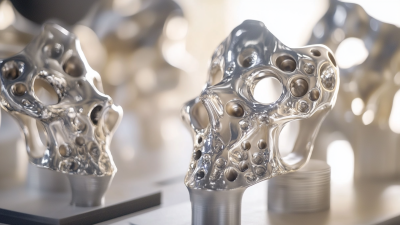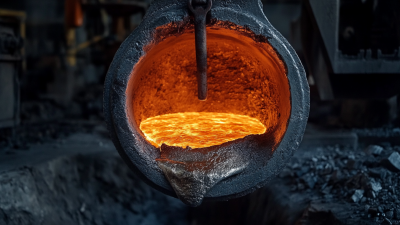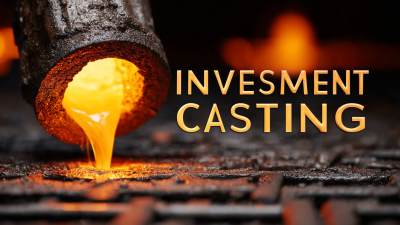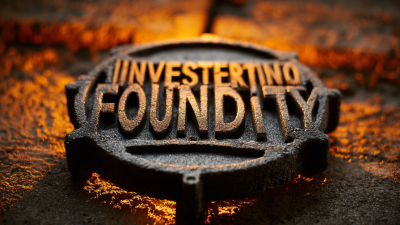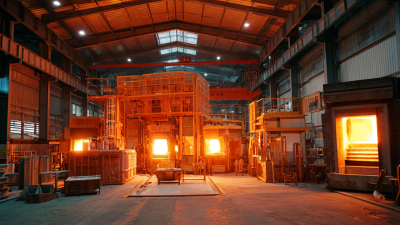The Investment Casting Process is a highly regarded method in the manufacturing industry, known for its capability to produce complex shapes with exceptional precision and surface finish. According to a report by Research and Markets, the global investment casting market is projected to reach USD 26.8 billion by 2025, reflecting its increasing popularity across sectors such as aerospace, automotive, and medical devices. The accurate replication of intricate designs makes this process indispensable, particularly when dealing with high-value components where even the slightest flaw can lead to substantial financial loss. In this guide, we will explore how to master the Investment Casting Process to ensure flawless manufacturing, providing insights on techniques, best practices, and industry benchmarks that lead to optimal results. Embracing this process not only enhances productivity but also solidifies a manufacturer’s reputation for quality in an increasingly competitive marketplace.
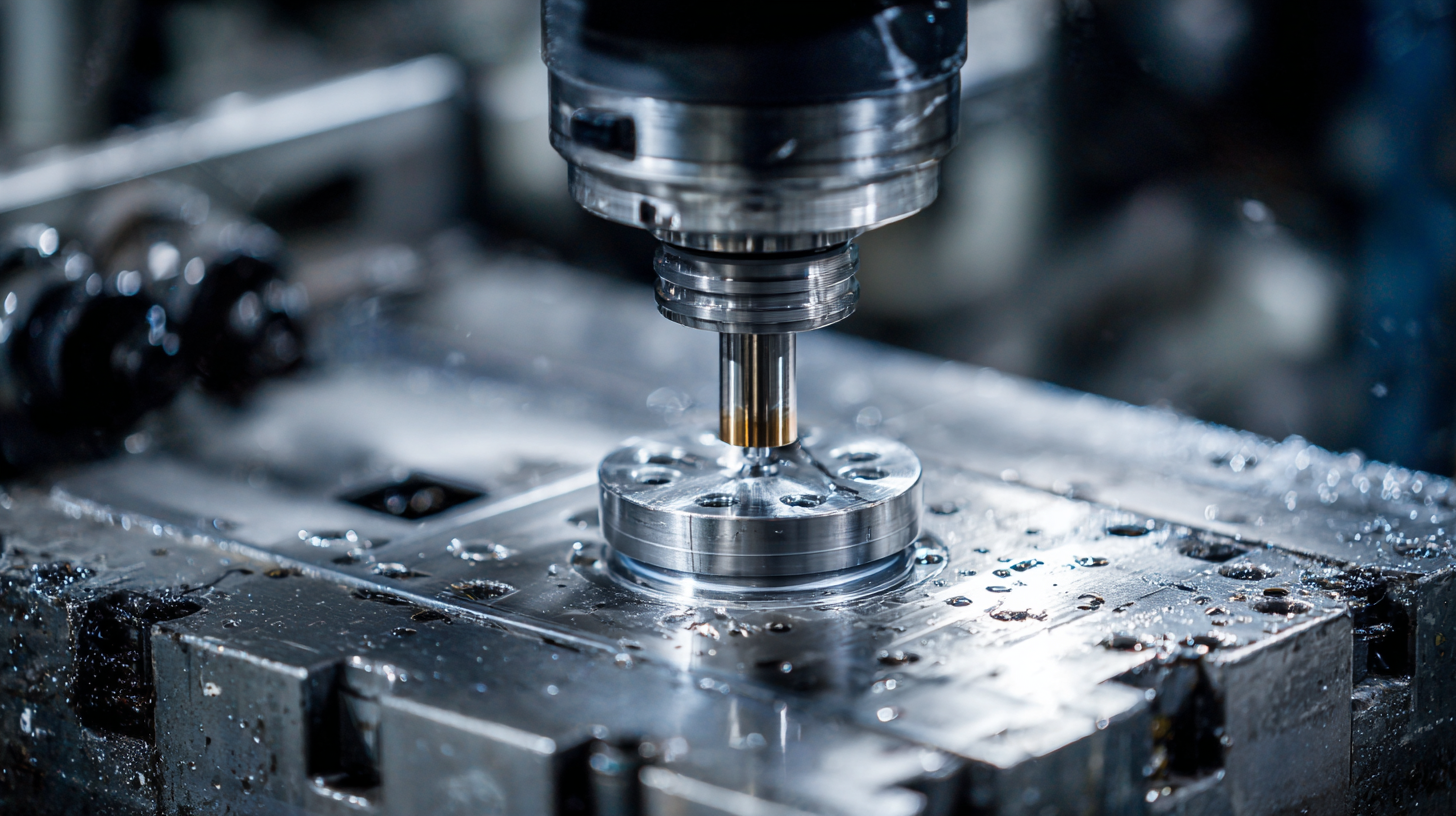
Investment casting, also known as lost-wax casting, is a sophisticated manufacturing process that allows for the creation of complex shapes with high precision. Understanding the basics of this process is crucial for achieving efficient production. The foundation of investment casting begins with creating a wax pattern, which is coated with a ceramic shell. Once the shell is hardened, the wax is melted away, leaving a cavity that mirrors the original pattern. This method not only provides excellent detail but also minimizes material waste.
**Tips:** One of the key tips for mastering investment casting is to ensure that the wax pattern is flawless before shell creation. Any blemishes or inconsistencies can lead to defects in the final product. Another important consideration is the choice of materials; selecting the right alloy for the metal being cast can significantly impact the properties of the final product. Regularly inspecting and maintaining your equipment will also help streamline the process and reduce downtime.
Effective temperature control during the melting and pouring stages is essential for a successful investment casting process. Too high a temperature can lead to oxidation, while too low can result in incomplete filling of the mold. Therefore, investing time in perfecting these parameters will improve your production quality and efficiency.
Investment casting, also known as lost-wax casting, demands precision and the right selection of materials and equipment to achieve flawless manufacturing outcomes. The core materials involved in this process typically include high-quality wax, which is used to create the initial molds, and various alloys suitable for casting. Common metal choices such as stainless steel, aluminum, and bronze provide excellent properties for a range of applications, ensuring durability and functionality of the final products. The selection of these materials is crucial, as it directly affects the integrity and performance of the components produced.
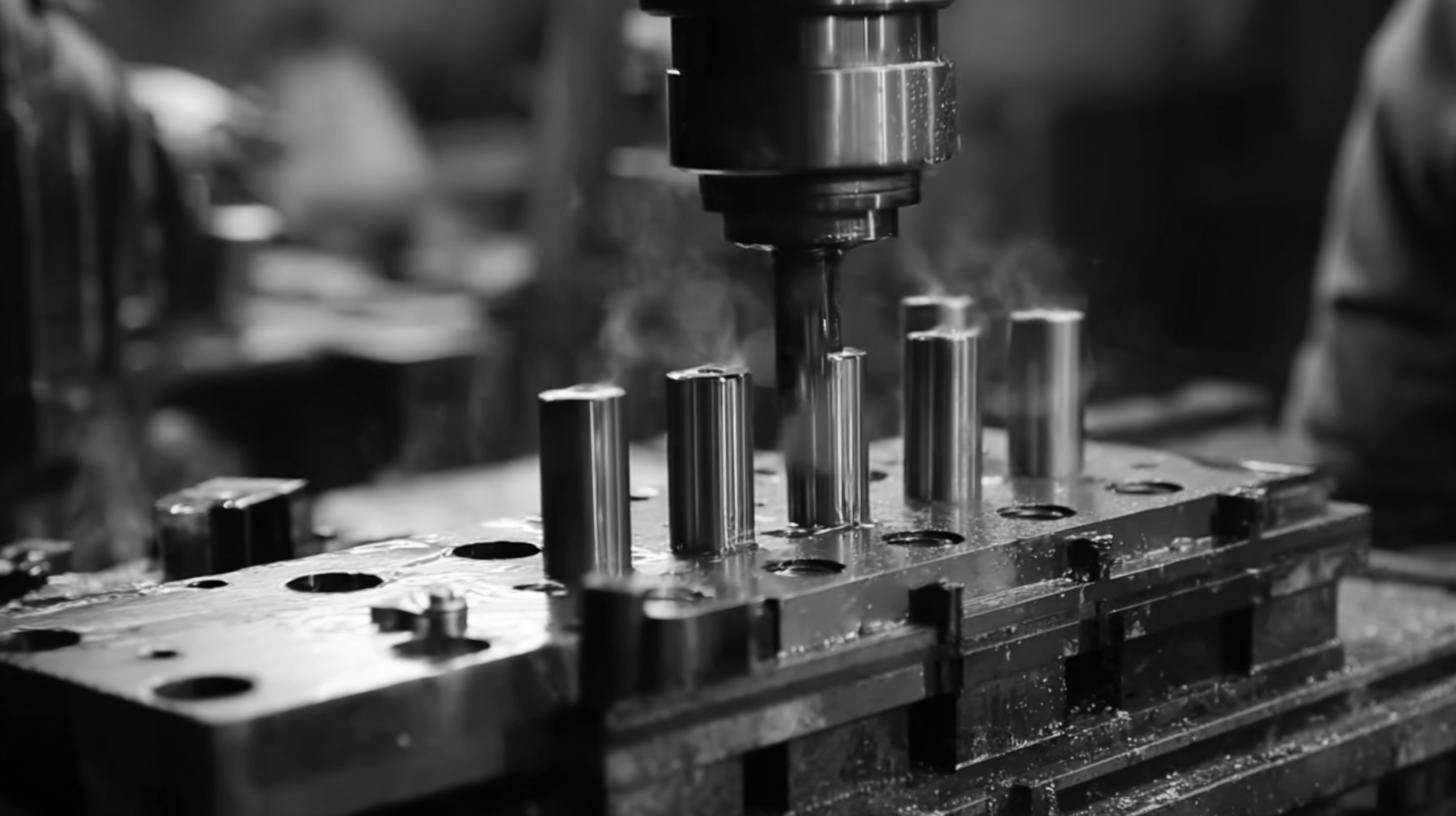
In terms of equipment, a systematic setup is essential for successful investment casting operations. Key pieces of equipment include a wax injector for precise molten wax distribution, a shell investment furnace for creating durable molds, and a casting system that can handle high-temperature molten metal. Additionally, post-casting processing tools like heat treatment furnaces and machining equipment are vital for achieving the desired specifications and surface finishes. Properly investing in these materials and equipment not only enhances the efficiency of the casting process but also ensures high-quality results in manufactured components.
Investment casting is a sophisticated manufacturing process that allows for the creation of high-quality metal parts with intricate designs. To master this technique, it is essential to follow a step-by-step guide. The first step involves creating a precise pattern using high-quality material. This pattern is then coated with a refractory material to form a mold. According to market insights, the automotive investment casting sector is projected to grow significantly, with revenues estimated to reach $12.8 billion by 2033, reflecting a compounded annual growth rate of 7.3% from 2026 to 2033. This growth emphasizes the importance of refining the casting process to meet increasing market demands.
After preparing the mold, the next critical step is melting the metal to be cast. The melted metal is poured into the mold, where it solidifies, creating the desired shape. Finally, the casting is removed from the mold, and post-processing techniques such as machining or surface finishing may be applied to achieve the required finish. With the investment casting market valued at $7.75 billion in 2022 and a promising growth trajectory, mastering this process is crucial for manufacturers looking to excel in a competitive landscape. The ability to produce flawless casts reliably will position manufacturers favorably in the evolving market.
Investment casting, a precision manufacturing process, often presents several challenges that can affect the quality of the final product. One common issue is the formation of defects like porosity or surface imperfections, which can arise from improper temperature control or inadequate melting processes. To counteract these issues, it is essential to maintain strict temperature regulations throughout the melting and pouring phases, ensuring a consistent flow and minimizing the risk of trapped gases.
Another typical challenge in investment casting is the difficulty in creating complex geometries. This can lead to issues such as trapped wax patterns or difficulty in mold creation. A useful tip is to invest in advanced design software that allows for simulation and analysis of the mold flow, which can help designers identify potential problem areas before production begins. Additionally, using high-quality materials for the wax patterns can enhance mold integrity and reduce the risk of defects.
Effective management of the cooling process is crucial to achieving flawless manufacturing. Uneven cooling can result in warping or residual stresses within the casting. Implementing controlled cooling rates can help manage this issue. For optimal results, consider using heat sinks or controlled environment facilities to ensure uniform temperature distribution throughout the cooling phase.
| Challenge | Description | Solution |
|---|---|---|
| Mold Leakage | Inadequate mold sealing can lead to molten metal escaping, affecting the integrity of the casting. | Use advanced sealing techniques and regularly inspect molds for damage. |
| Surface Defects | Surface imperfections can occur during the curing process or due to sand contamination. | Ensure clean environments for both the molds and the materials; use proper curing techniques. |
| Shrinkage and Warping | Castings may shrink or warp during cooling, which can lead to dimensional inaccuracies. | Optimize cooling rates and use simulations to predict shrinkage and warping. |
| Inclusion and Contamination | Foreign materials can be trapped in the casting, leading to mechanical weaknesses. | Implement strict cleanliness protocols and utilize filtration systems in the melting process. |
| Dimensional Control | Achieving precise dimensions can be challenging due to variability in the casting process. | Regularly calibrate equipment and utilize advanced measuring techniques to monitor dimensions. |
Quality control is crucial in the investment casting process, where precision and reliability are paramount. Implementing advanced techniques such as edge computing can significantly enhance the monitoring and prediction of manufacturing quality. By leveraging real-time data processing, manufacturers can detect anomalies and deviations in the casting process as they occur, allowing for proactive adjustments. This method not only minimizes defect rates but also optimizes resource allocation and operational efficiency.
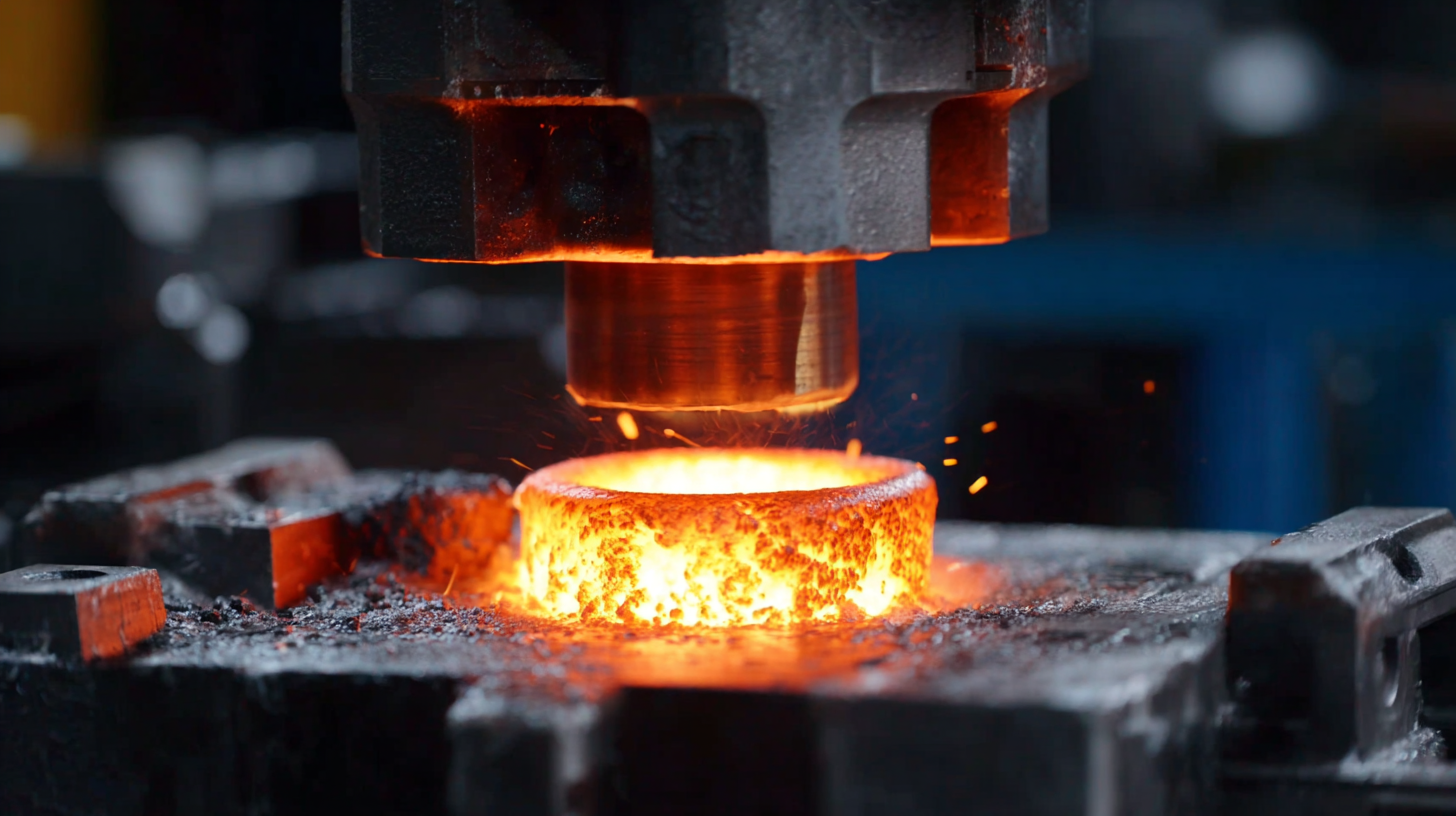
In addition, employing sophisticated machine learning algorithms, such as the SMOTE-XGboost approach, offers an effective solution to address the challenges posed by imbalanced data in quality prediction. This technique works by generating synthetic samples to balance the datasets, ultimately providing more accurate quality forecasts. By optimizing hyperparameters through joint optimization, manufacturers can enhance the accuracy of their quality predictions. These innovations are transforming the investment casting landscape, ensuring a higher standard of manufacturing excellence while reducing waste and costs.

